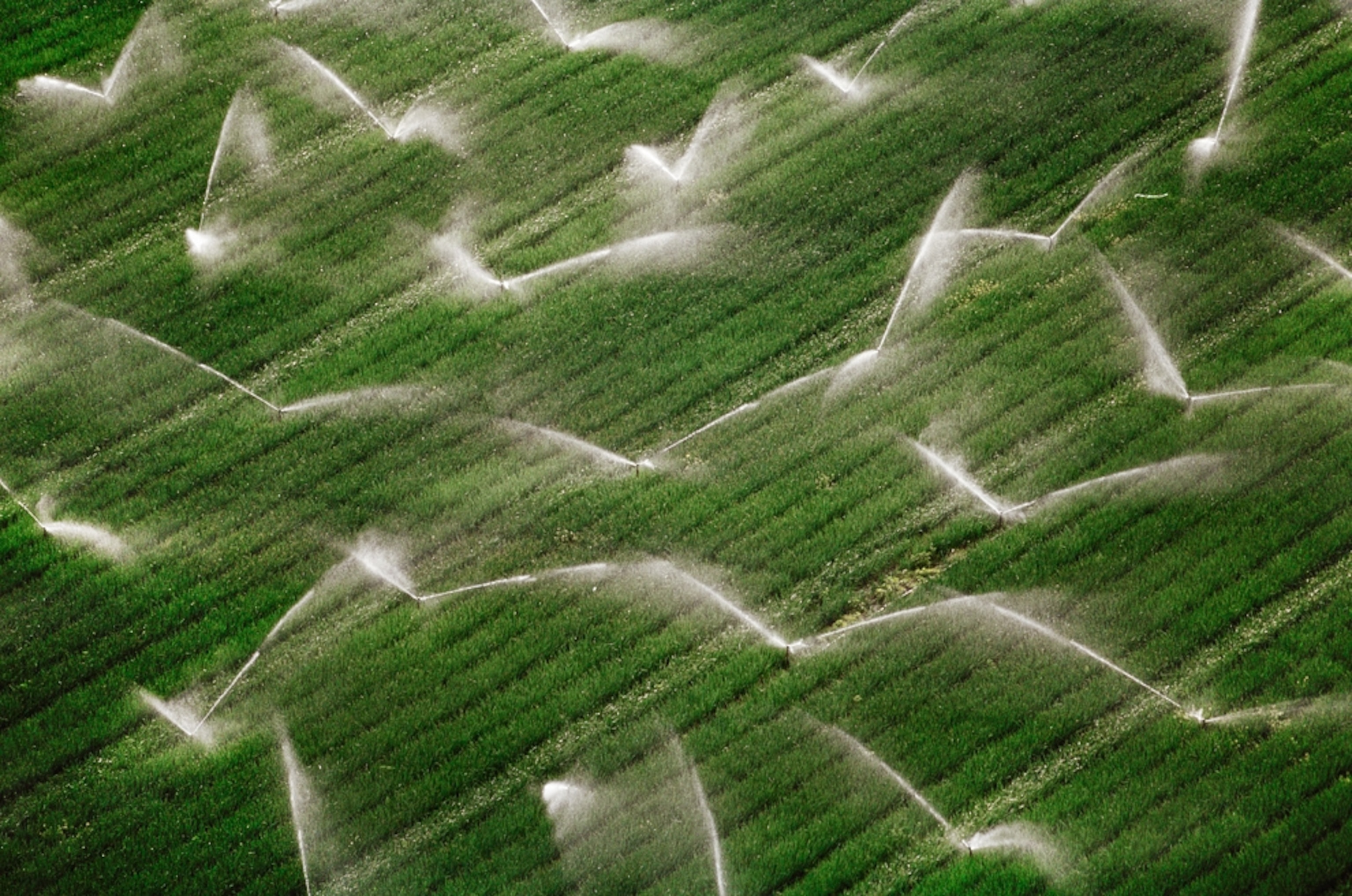
Pet Food Sucking Up U.S. Water
Pet Food Sucking Up U.S. Water
This story is part of a special series that explores the global water crisis. For more clean water news, photos, and information, visit National Geographic’s Freshwater Web site.
U.S. industry—from pet food production to growing wheat—is a huge drain on freshwater resources, a new study says.
Researchers investigated the hidden costs of water use by estimating the amount of H2O consumed per U.S. dollar of end product by different industrial sectors, including agriculture.
For instance, it takes about 270 gallons (1,022 liters) of water to produce a dollar’s worth of sugar, about 200 gallons (757 liters) to make a dollar’s worth of pet food, and 140 gallons (530 liters) to make a dollar’s worth of milk.
Agriculture and power generation—which requires large amounts of water for plant cooling—were the major consumers, accounting for 41 percent of the country’s total water footprint.
Each dollar’s worth of grain production, for example, sucks up 1,400 gallons (5,300 liters) of water.
The study is the first in three decades to examine the U.S. water footprint, the biggest per capita of any country. (Related: “Will Water Footprints be the Next ‘Energy Star’?”)
An average U.S. citizen uses 766,098 gallons (2.9 million liters) each year, according to the Netherlands-based nonprofit Water Footprint Network.
Hidden Water Uses
The findings, based on U.S. Geological Survey industrial water-use data, found that 60 percent of U.S. industry’s water impact is “indirect”—this is water that isn’t used directly in making the product. Indirect sources include off-site water used in packaging and transport of goods, supplying energy, or growing raw foodstuffs for a product. (Explore an interactive on our hidden water use.)
Take the indirect water cost of feeding the dog. Per dollar of pet food, 140 gallons (530 liters) of water are used indirectly in the production process, for a total of 200 gallons (757 liters). Water is needed to produce the meat and cereals that go into making the pet food, said study co-author Michael Blackhurst, whose research was published in February in the journal Environmental Science & Technology.
(Learn more about global agriculture’s thirst for water.)
Blackhurst explained that the cost loops back to power generation and agriculture: “If you have an economy that even somewhat relies on those two sectors upstream, indirect water use is going to be relatively high.”
Limited Data
The study team acknowledges, however, that its estimates may be inaccurate given the lack of national water use data.
The U.S. Census Bureau stopped collecting industrial water-supply data in 1982 in an effort to cut costs. In addition, the research team noted, different agencies use different methods to assess water consumption in the United States.
Despite these inconsistencies, population growth and more frequent droughts are making water scarcer, and putting more of an emphasis on water conservation, said Blackhurst, a researcher at Carnegie Mellon University in Pittsburgh. (Get the facts on conserving water.)
“I think you’re starting to see a renewed interest in water and how better to manage it,” he added.
Big Water Footprint Not a Misstep?
If there is enough water to meet the needs of industry, cities, and ecosystems in a region, having a big water footprint isn’t necessarily bad in itself, said Derk Kuiper, executive director of the Water Footprint Network.
But if you go to places such as Kenya, where a person’s average water footprint is relatively small at some 190,000 gallons (719,228 liters) per person annually, “you can really see there is some sort of equity issue,” Kuiper said.
Study co-author Blackhurst agreed.
“What you don’t want to see is the U.S., or any other powerhouse economy, essentially shifting their [water] burdens to other countries with lesser environmental standards,” Blackhurst said.
When we import a ton of wheat from another country, we are essentially saving 46,000 cubic feet (1.3 million cubic meters) of water—the amount it would take to produce one ton of wheat.
The downside, according to experts, comes when the U.S. imports that wheat from a water-scarce region of a developing country with less long-term environmental planning and potentially fatal water shortages.





